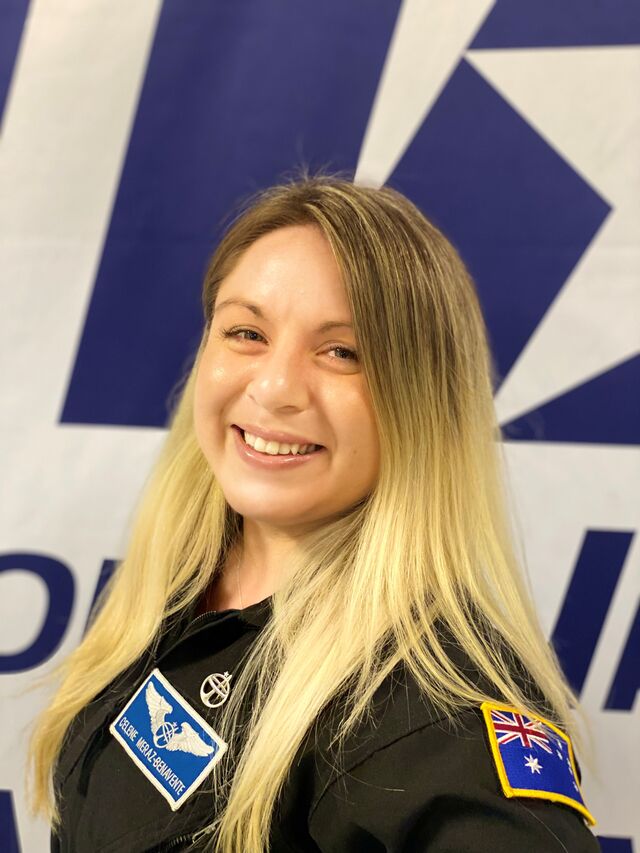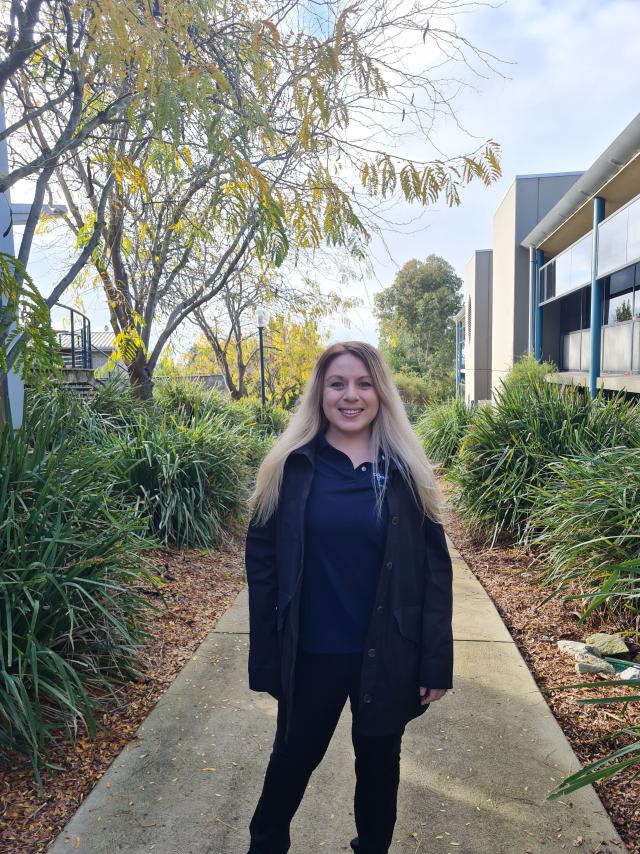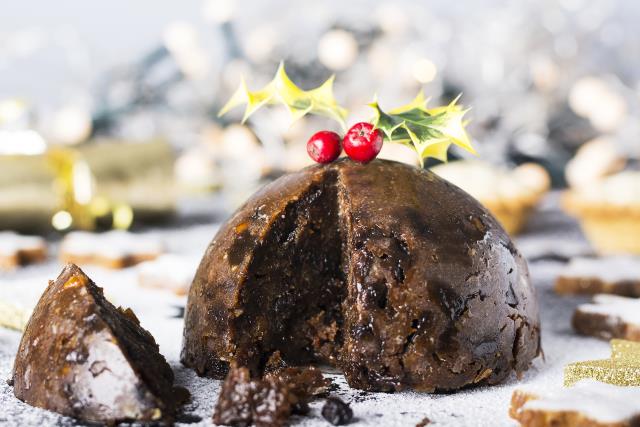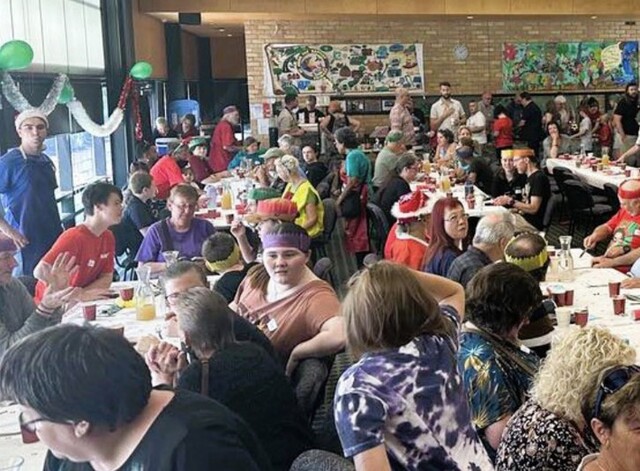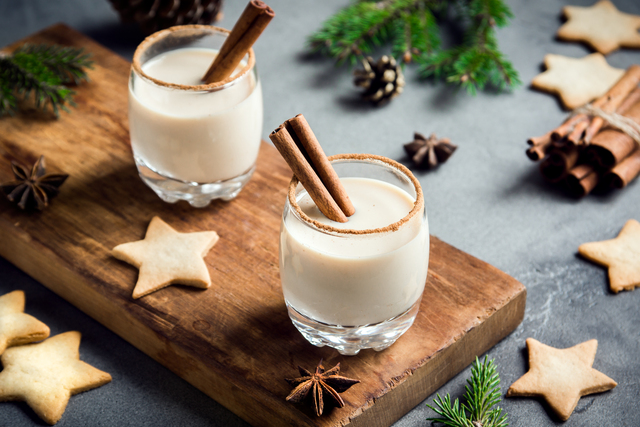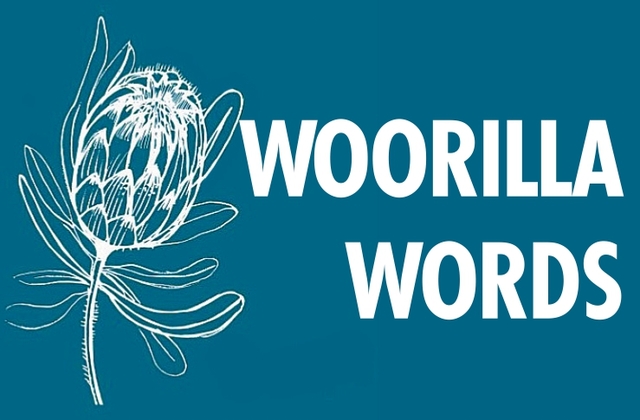Boronia’s aspiring astronaut Celene Meraz Benavente is heading towards Ottawa Canada next week with the International Institute of Astronautical Sciences to undertake a week of research and training in parabolic flight.
Ms Meraz Benavente is currently in her third-year as a physiotherapy student at Federation University Australia, while simultaneously pursuing her dream of becoming an astronaut by becoming a candidate for a scientist astronaut with the International Institute of Astronautical Sciences in August 2023.
Last year’s immersive training program in Florida saw Ms Meraz Benavente experience up-to five seconds of microgravity, along with hypoxic training to experience low oxygen levels, space suit simulation and mobility training.
This year’s trip will extend that microgravity experience to 20-30 seconds.
Depending on the weather-of-the-day, her training will be between 12 and 16 August, this is when the astronaut candidates will be going to conduct experiments and learn to adapt in weightlessness.
“With this training, we are learning to be exposed to weightlessness, as we’re preparing for these subordinal missions, it’s really crucial that our body adapts to this environment, – the goal is to continue long term missions in space,” she said.
“Learning to do experiments, operations and weightlessness is absolutely crucial for mission safety, what I’m doing as part of the research contribution is going to test to see if a balanced deficit occurs after exposure to weightlessness.”
“We know when astronauts return back from the International Space Station, they experience a lot of challenges, especially with balance, we’re going to be testing if these exposures, like parabolic flights, do cause that, and if it does, this is really exciting, because this means we can start looking at treatment – we can start utilising this platform to prepare even further as we go to to the moon.”
Worldwide, there are 10 candidates selected to do this research and training and Ms Meraz Benavente will be representing Australia.
“I love this country, and it’s an honour to be representing Australia as I embark in astronaut candidacy.”
She always had an appetite to make a difference in the world, whether that difference was finding new treatments in the medical field or exploring life beyond earth.
While some people think it’s “too late” or it’s a “waste of time” to start something new or follow one’s passion once you hit your mid-20s, for Ms Meraz Benavente, there was no atmosphere for that kind of thought.
“I was watching the story of Neil Armstrong, the first man on the moon, and I started thinking, ‘wow, is this something I can pursue? Can I actually imagine doing something like this? Do I have such an opportunity?’,” she said.
“I remember, I turned to my husband, and I asked him that question, and he said, ‘absolutely, you can’ – and that was the support I needed at the time to start working towards it.”
“It was no longer a dream or an aspiration but rather a serious goal that I started to passionately work towards it.”
She grew up in a trailer home, she didn’t have a rich knowledge about space nor a telescope.
She moved to Melbourne with her Australian husband in 2015.
They met in Florida at the Disney World while they were both doing “a college program with Walt Disney, which was a really exciting time,” she said.
Ms Meraz Benavente said in the past, there were successful astronauts who have been in medicine, which is very promising as someone studying to become a physiotherapist.
“We’re about diagnosing musculoskeletal issues and disorders, we help rehabilitate that, and as we’re moving towards bringing four astronauts back to the moon, and staying longer with the Artemis mission – it’s a very exciting opportunity,” she said.
“For anyone who is in the medical field wanting to get involved in space, we’re starting to look at new opportunities, and now that we’re in this new environment, how do we ensure we’re safe while we’re doing these operations? How do we ensure we reduce our risks of injury?”
“Last September, I had the opportunity to train in a spacesuit, it was pressurised, you can’t move, your mobility is very limited and your balance is affected – there are so many components you have to readapt with this spacesuit, so as a physiotherapist, we’re there to help improve those aspects and as an scientist astronaut candidate I’m looking to improve that.”
According to NASA, in 2024 more than 8000 people have applied to become an astronaut with NASA, and from that pool, NASA will only select between eight and 12 people to become astronaut candidates – they’ll then have to complete two years of training before the candidates are eligible for a space flight.
“When it comes to pursuing something extraordinary like astronaut candidacy, it certainly comes with facing a lot of challenges, and it’s really important that you keep pushing through,” she said.
“For me, it comes more internally – believing that I can do this.”
“Life is always going to throw challenges at you no matter what you do or where you are – it’s important to find support, I’ve been very blessed, very fortunate to have a lot of support around me, a lot of mentors who believe in what I’m doing, and I think it’s a journey of learning and adapting and continuing to move forward.”
She feels fortunate to have both sponsors and mentors behind her that will facilitate the opportunity for her to train and prepare her for those suborbital missions.
“There are a lot of people out there with big dreams, and when they hear about what I’m doing, I feel like it sparkles a little bit on them, it’s very rewarding,” she said.
She will be graduating from a Bachelor of Physiotherapy from Federation University next year in November.

